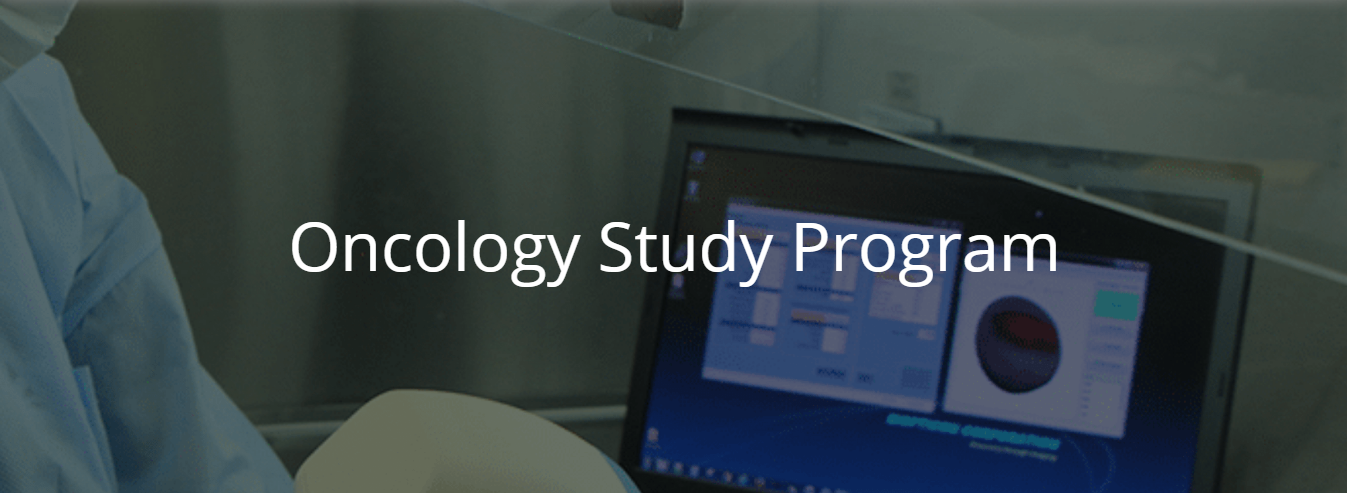Oncology Study Program

by
Binariks
About
Market Overview
For a long time, cancer remains one of the most common reasons for premature deaths globally. For example, in 2019, 1,762,450 new cancer cases were diagnosed in the U.S. Along with 606,880 cancer deaths in the country, such threatening numbers show that cancer remains one of the most dangerous to various populations’ health conditions. Tumor management technologies develop as a logical response to the growing threat of the disease. In 2020, the global tumor management market is expected to grow to the size of $14.6 billion. According to the current forecasts, it will reach $21.1 billion in 2025. Early diagnosis and thorough preventive measures are essential for cancer treatment, which increases the value of devices developed for tumor identification and measurement.
Challenge
Our client is a U.S. medical company focused on developing tumor management technologies. Their main product is a subcutaneous tumor measurements scanner. The device and the connected desktop software are currently tested on small animals, but it has far-reaching potential. This system is primarily oriented on scientists engaged in tumor management and studies dedicated to cancer prevention. The client has faced challenges with integrating measurement devices’ into the system. Their software also required a full-scale architecture redesign as part of project optimization.
Solution
Binariks provided a dedicated team to redesign the client’s system along with new modules to be added to the project. Our effort consisted of two consecutive stages: the discovery phase and the implementation phase. The developers ensured the migration of the client’s software to .NET Core. The dedicated team conducted an architecture redesign and optimized various features of the client’s software. Binariks successfully integrated serial and non-serial measurement devices into the client’s system and advised 3-rd party frameworks and tools for further software maintenance. Our team showed openness to communication, a deliberate approach to project scheduling, and technical expertise to implement the client’s requirements. The customer has already launched their oncology study program that includes the following features:
protocol design;
prestudy management and randomization;
dosing calculation;
automatic volume and weight data acquisition;
clinical observations;
statistical analysis;
flexible report creation.

